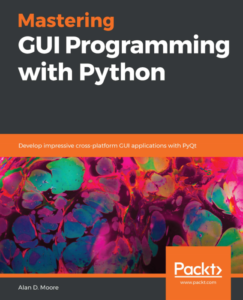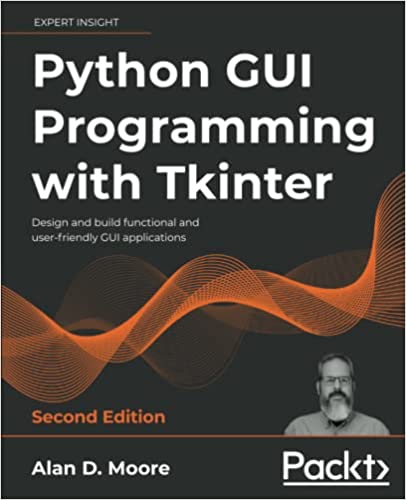Now that your hardware is reasonably in order, and you understand the potential issues involved there, it’s time to look at the software side of things. You want to run some kind of Linux distribution on your system, but you don’t know which one to pick.
This is the point at which a lot of people would just lob a lot of funny-sounding distro names at you and expect you to check them all out and blindly try them all. Well, I’ll eventually get to lobbing those names out; but first, let’s to try to understand “lightweight Linux” — and Linux distributions in general — in a theoretical way. (more…)

